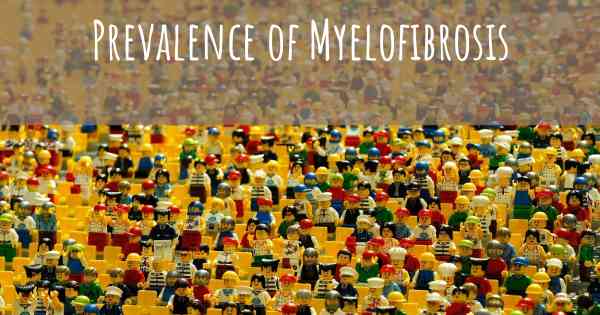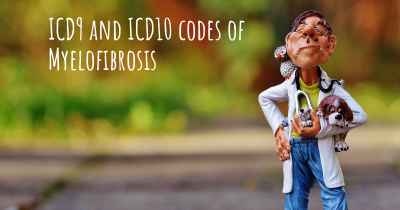18
What is the prevalence of Myelofibrosis?
How many people does Myelofibrosis affect? Does it have the same prevalence in men and women? And in the different countries?

Myelofibrosis is a rare and chronic bone marrow disorder characterized by the abnormal production of blood cells and the development of fibrous scar tissue in the bone marrow. It is estimated that the prevalence of myelofibrosis is approximately 1.5 to 2.5 cases per 100,000 individuals worldwide. The condition primarily affects older adults, with a median age of diagnosis around 65 years. Myelofibrosis can lead to various complications and symptoms, including anemia, enlarged spleen, fatigue, and increased risk of infections. Treatment options aim to manage symptoms and improve quality of life, with stem cell transplantation being the only potentially curative therapy.
Myelofibrosis is a rare and chronic bone marrow disorder that belongs to a group of diseases known as myeloproliferative neoplasms. It is characterized by the abnormal production and accumulation of fibrous tissue in the bone marrow, leading to the replacement of healthy blood-forming cells. This condition can result in various complications, including anemia, enlarged spleen, fatigue, and increased risk of infections and bleeding.
The prevalence of myelofibrosis is relatively low compared to other hematological disorders. It is estimated that the annual incidence of myelofibrosis is around 0.5 to 1.5 cases per 100,000 individuals. The exact prevalence is challenging to determine due to the rarity of the disease and the variability in diagnostic criteria. However, it is believed that myelofibrosis affects approximately 1 to 2 individuals per 100,000 population.
Although myelofibrosis can occur at any age, it is more commonly diagnosed in individuals over the age of 50. It is slightly more prevalent in males than females. The disease can have a significant impact on the quality of life and overall prognosis of affected individuals.
Early diagnosis and appropriate management are crucial in improving outcomes for patients with myelofibrosis. Treatment options may include medications to manage symptoms, blood transfusions, targeted therapies, and in some cases, stem cell transplantation.
Diseasemaps








